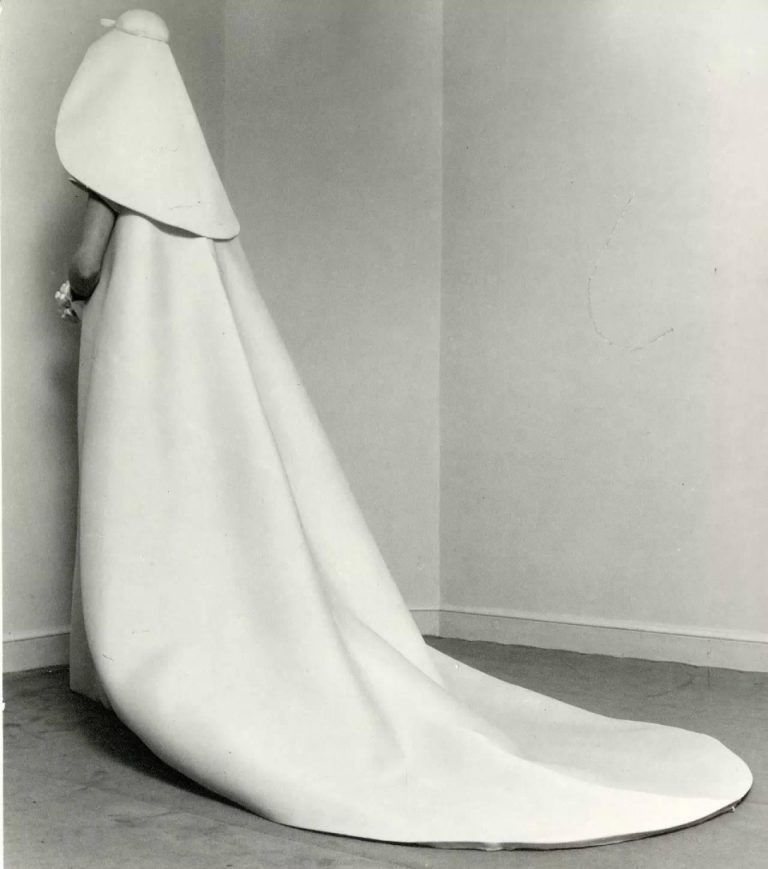There are a lot of things one could write in a love letter to the unparalleled design practices of Dutch designer Iris Van Herpen. With a reputation for impeccable references and intricately detailed design, I dedicate this love letter to the ultimate concoction of art, fashion, science, and the human body: the Morphogenesis Dress.
“Sensory Seas” displayed at the Cirque d’hiver Bouglione in Paris, on January 20th, 2020, for Paris Haute Couture Week, after approximately five months of an incredibly intense creative process. The show was classic Van Herpen — twenty-one unforeseen looks floating down the runway, begging the viewer to question whether what they are seeing is a garment or a moving piece of fine art. Her designs always ask to be viewed with an open mind as to what fashion has the potential for.
Van Herpen started her career officially in 2007, founding her own label one year after graduating from Netherlands school ArtEZ University of the Arts. She showed her first collection “Chemical Crows” at Amsterdam Fashion Week the same year, and followed in 2011 with her first official couture collection under the Chambre Syndicale de la Haute Couture, “Capriole.”
2020 saw the couture “Sensory Seas” collection in Paris, which included unmissable Look 19, appropriately named the Morphogenesis Dress. This dress — along with all of the other looks in the collection — is beautiful. But it is the inspiration behind the piece that makes it worth a love letter.









